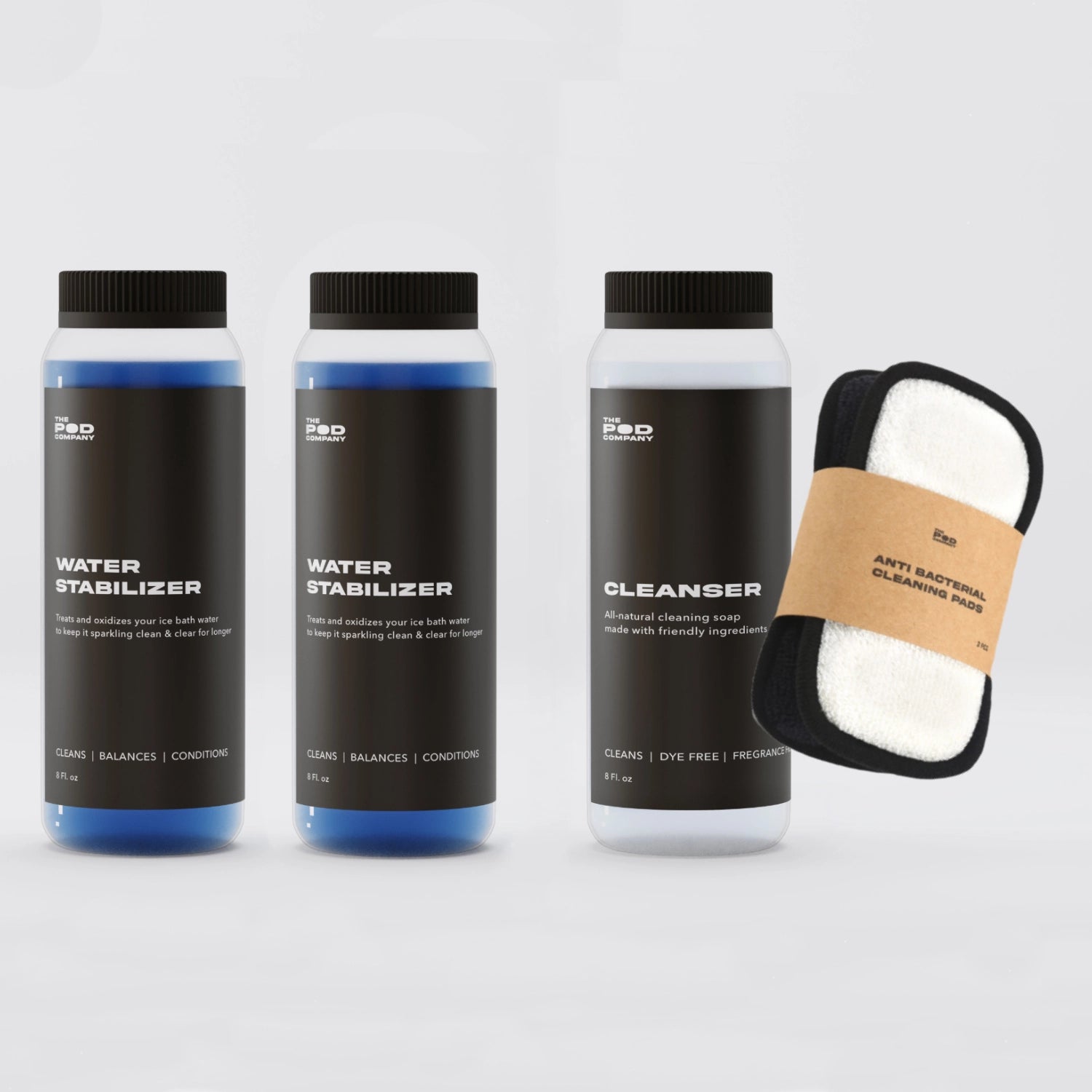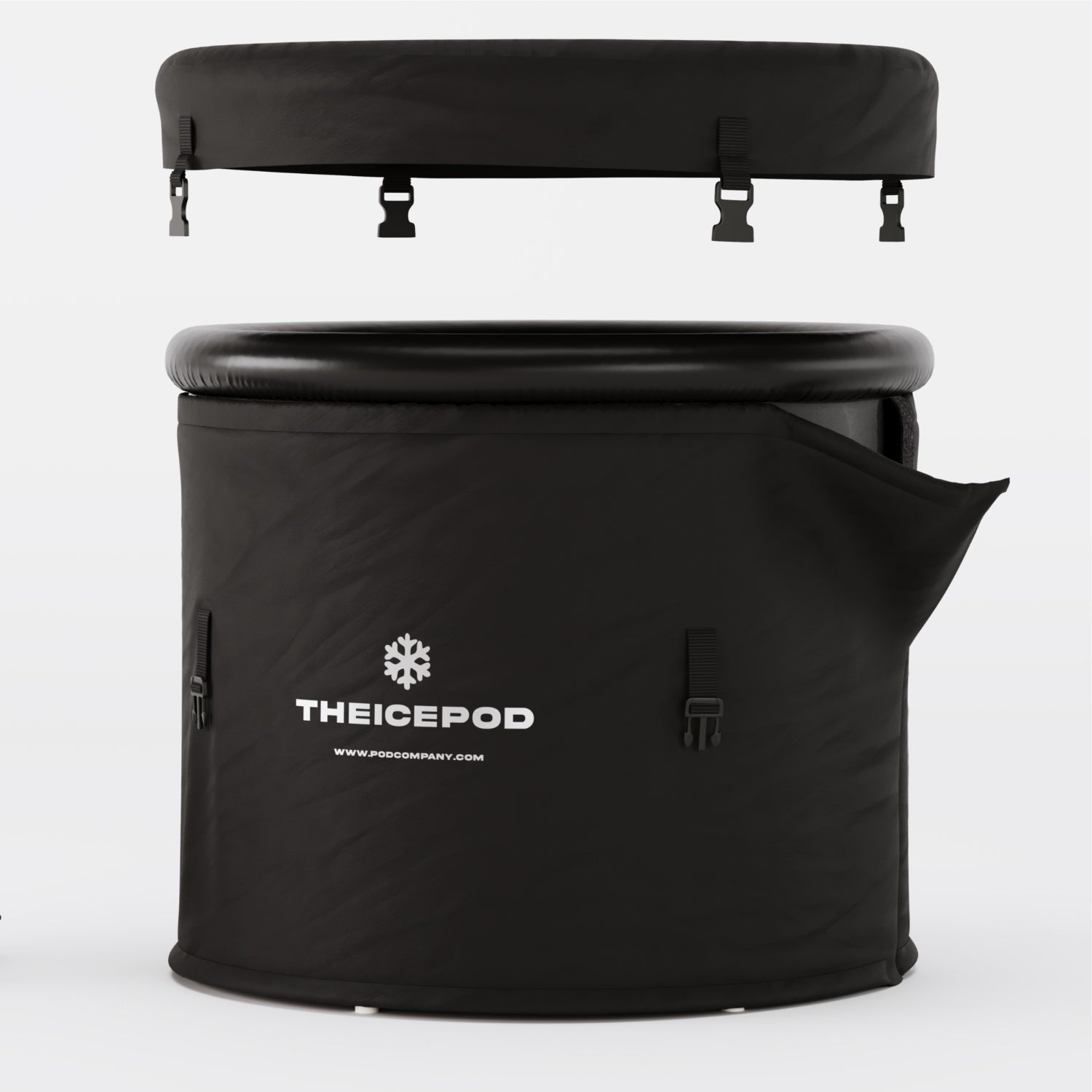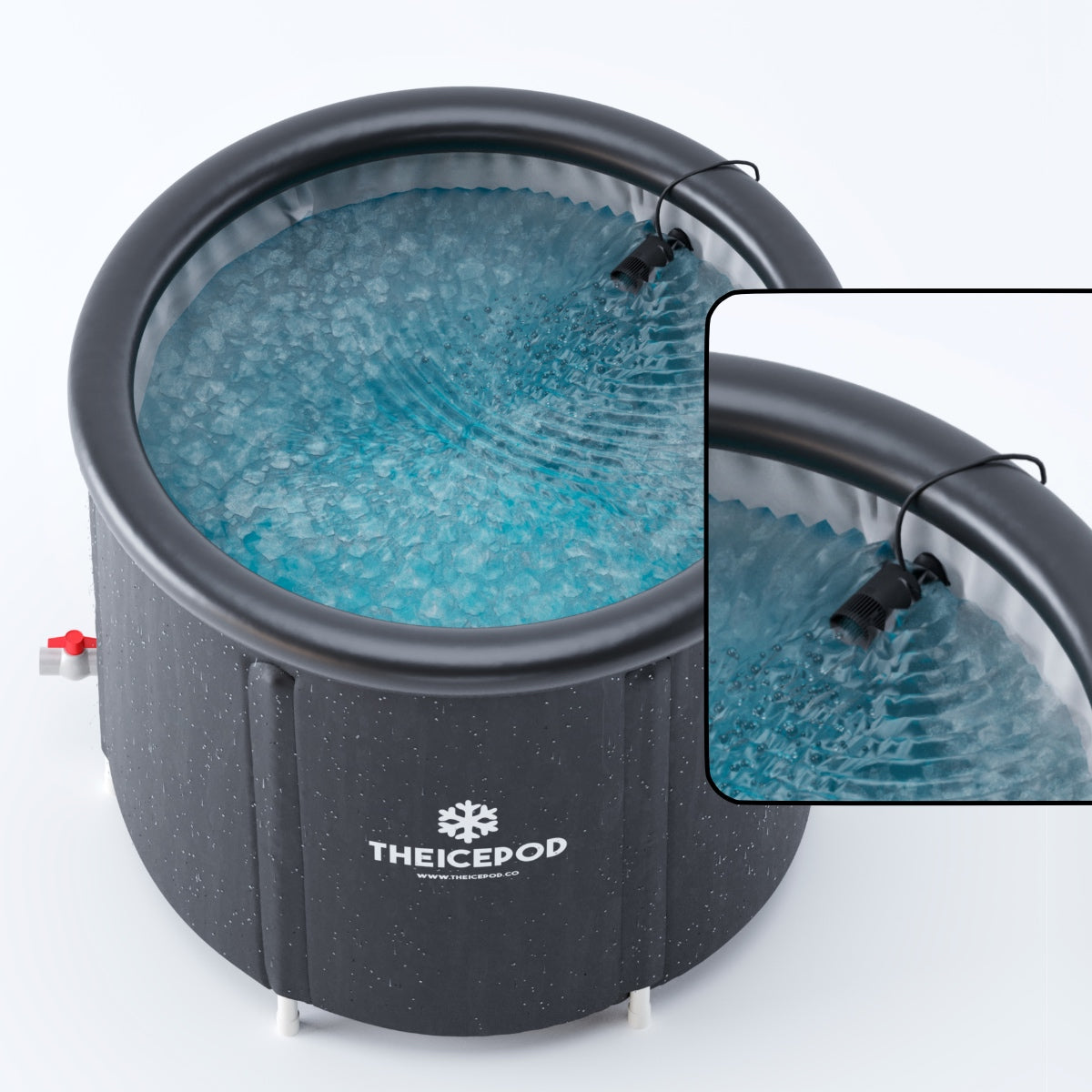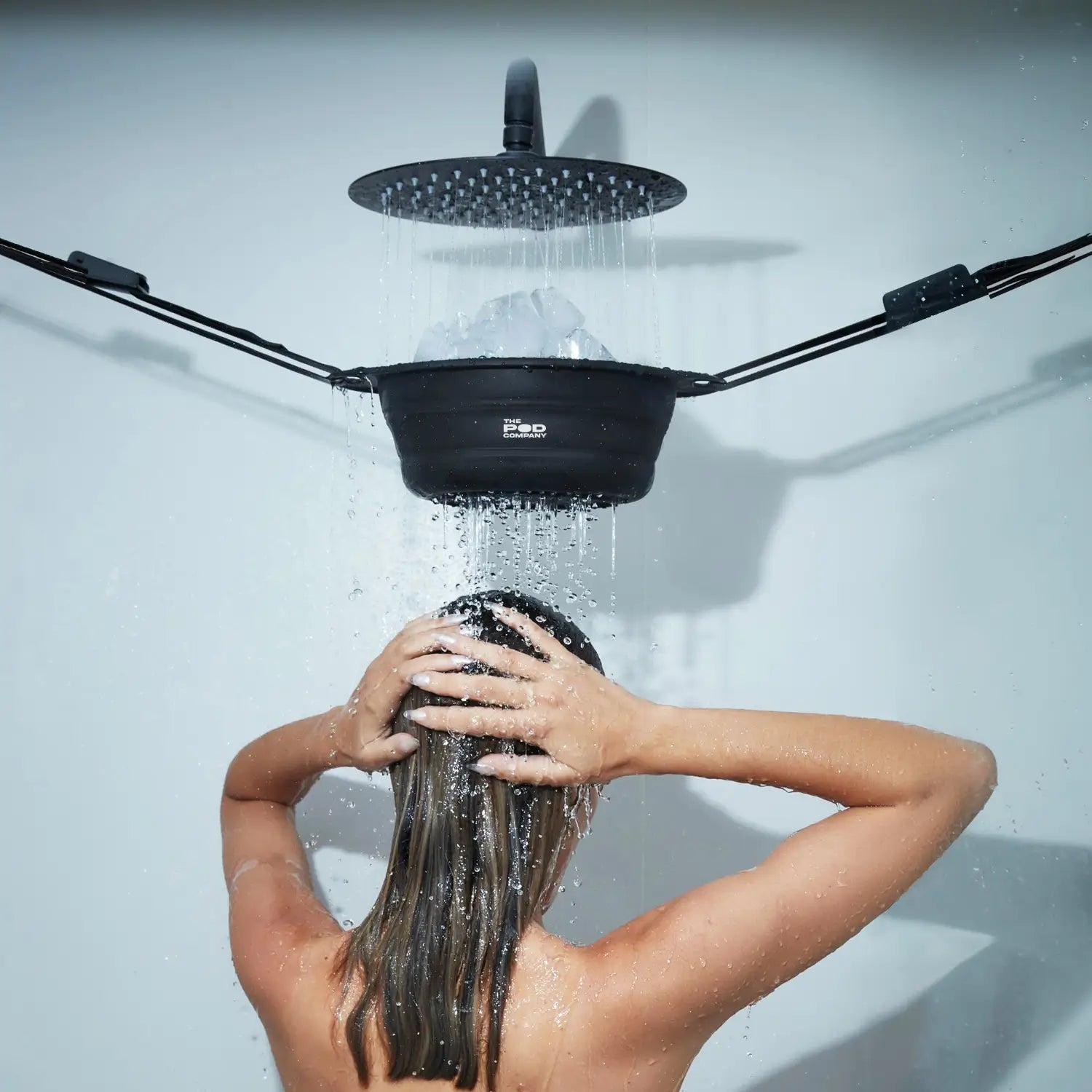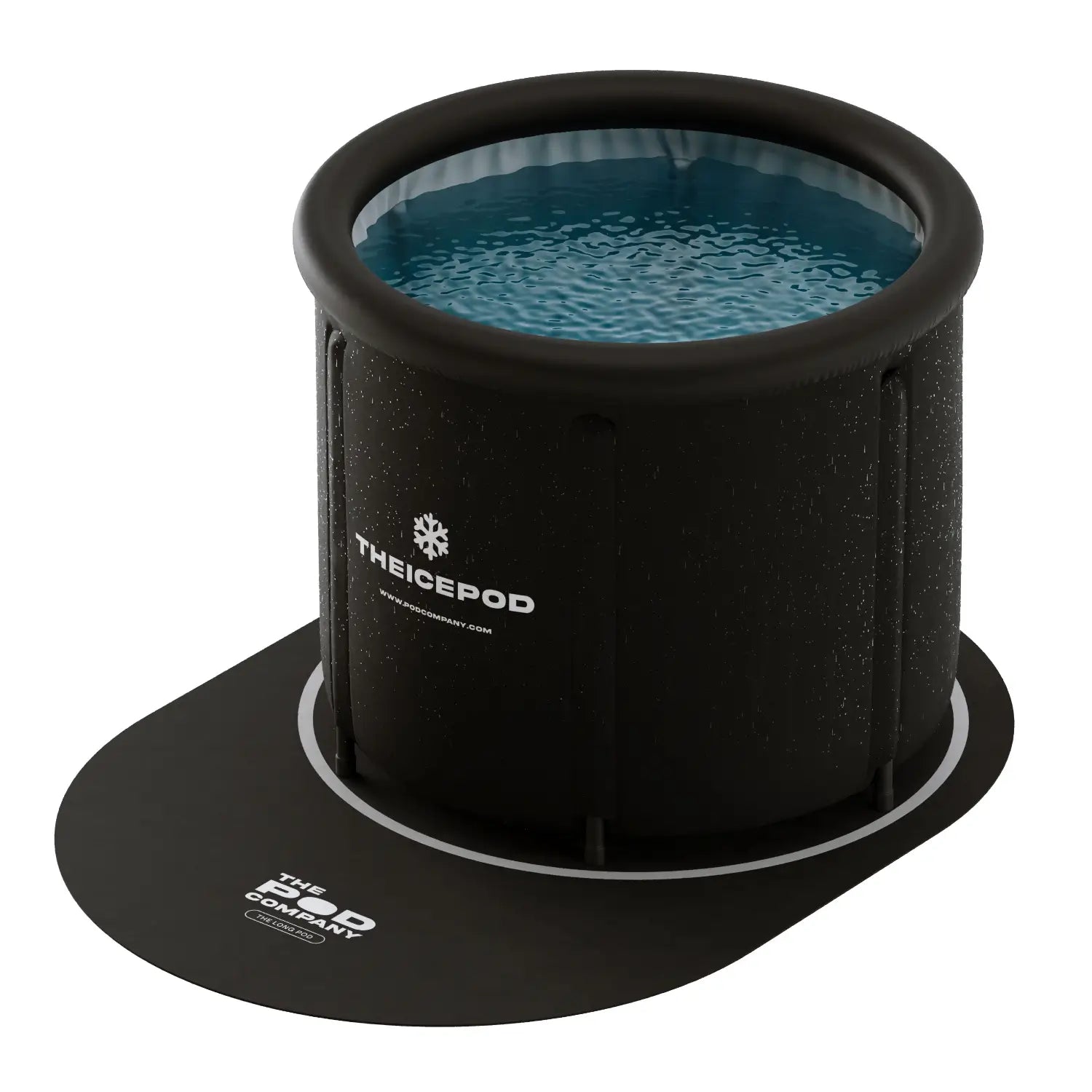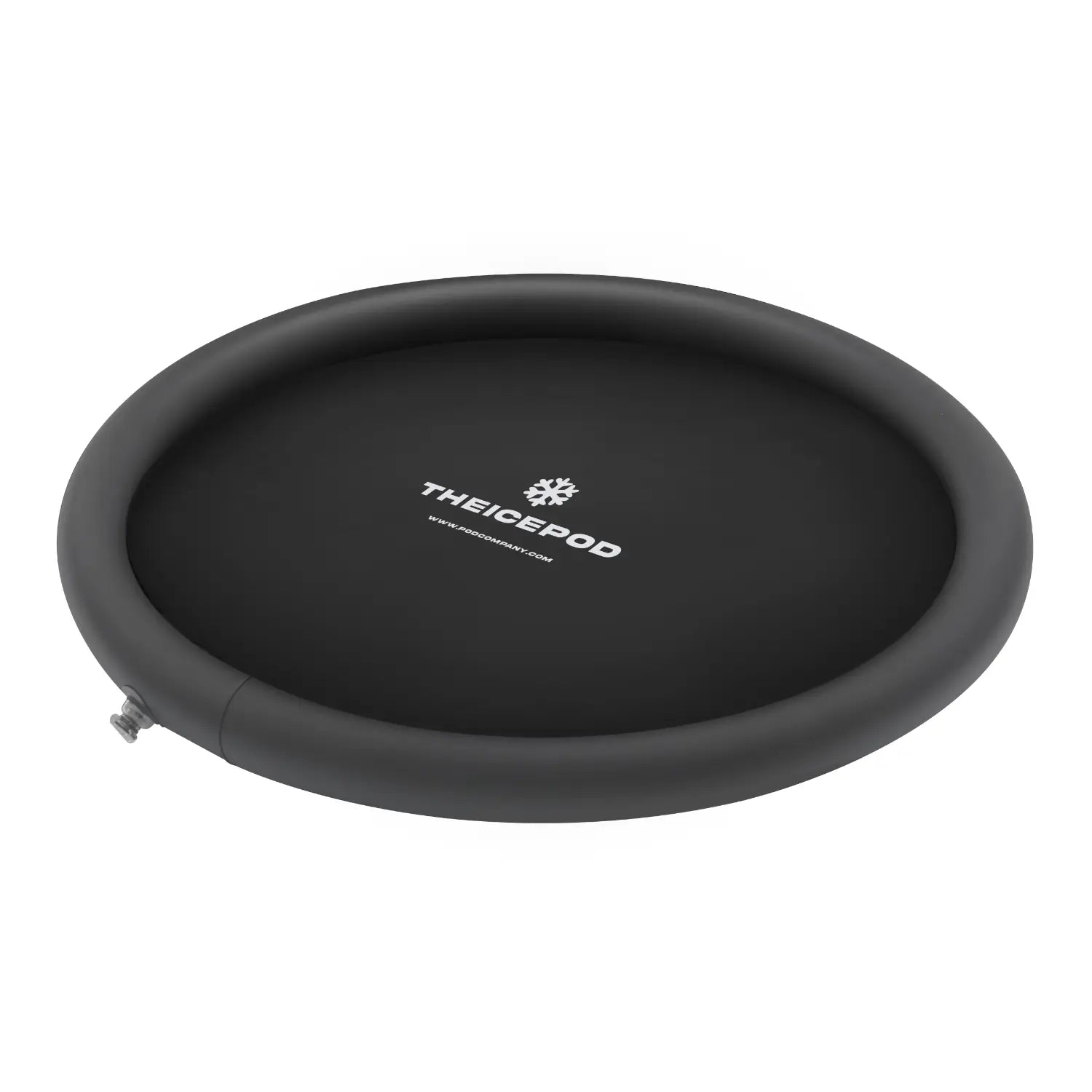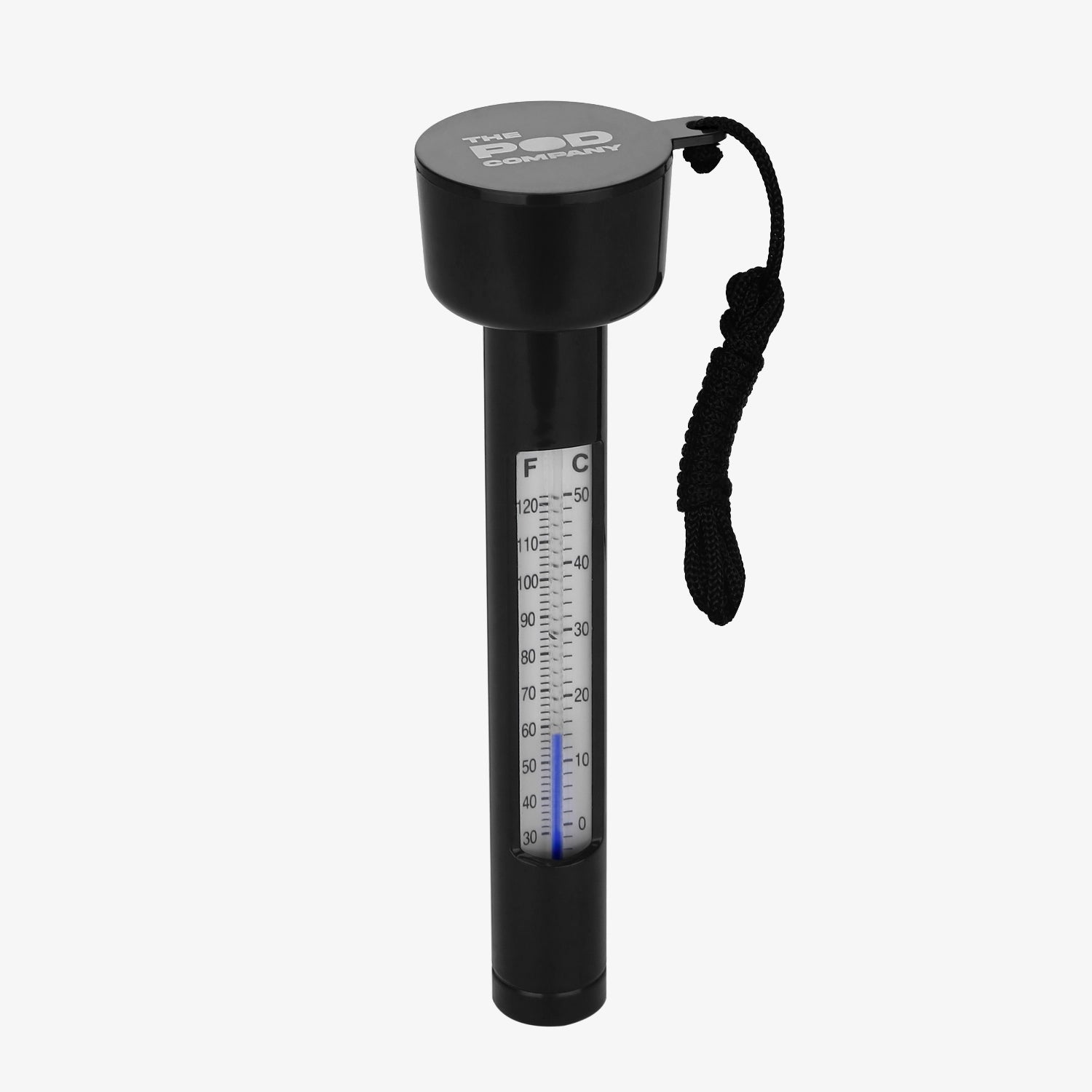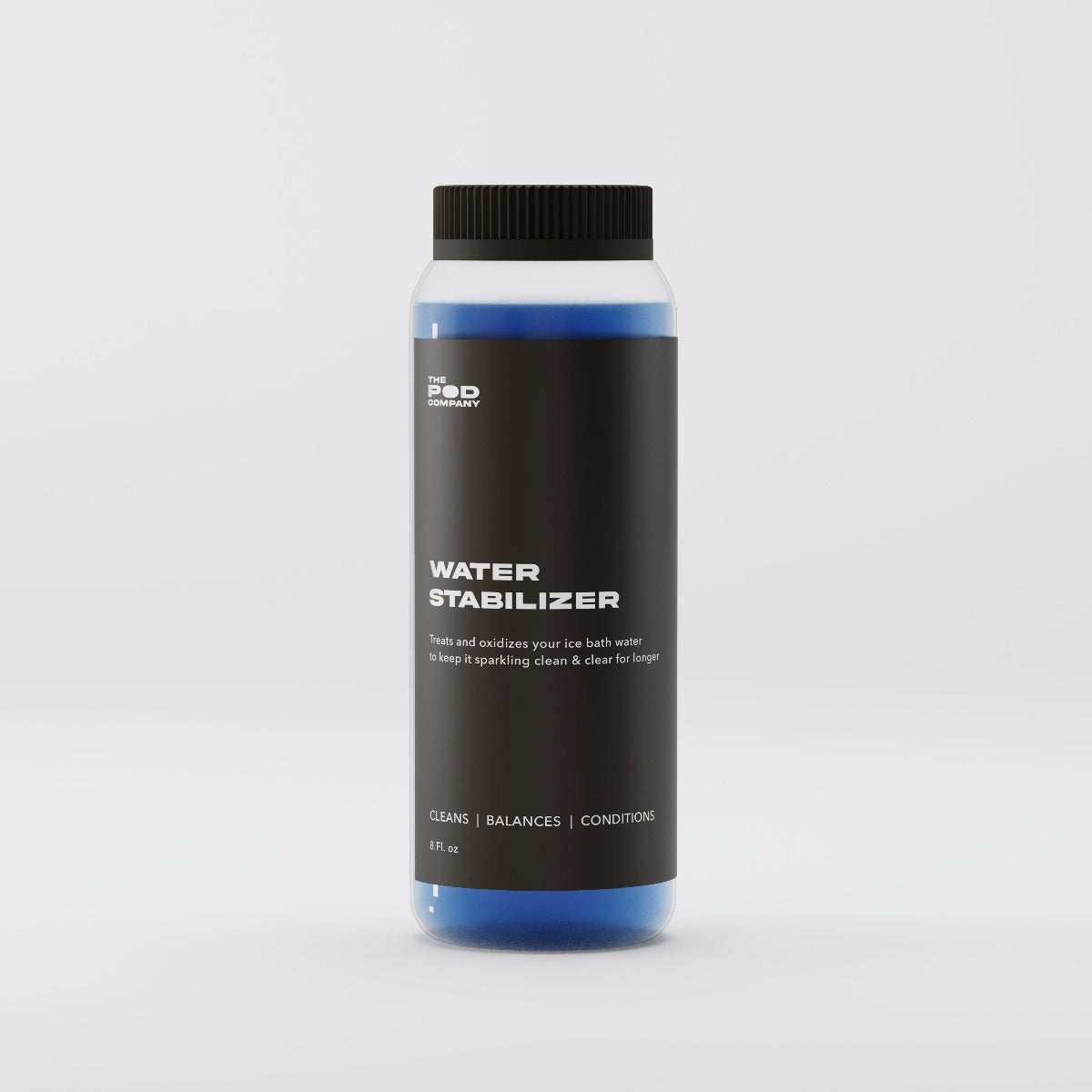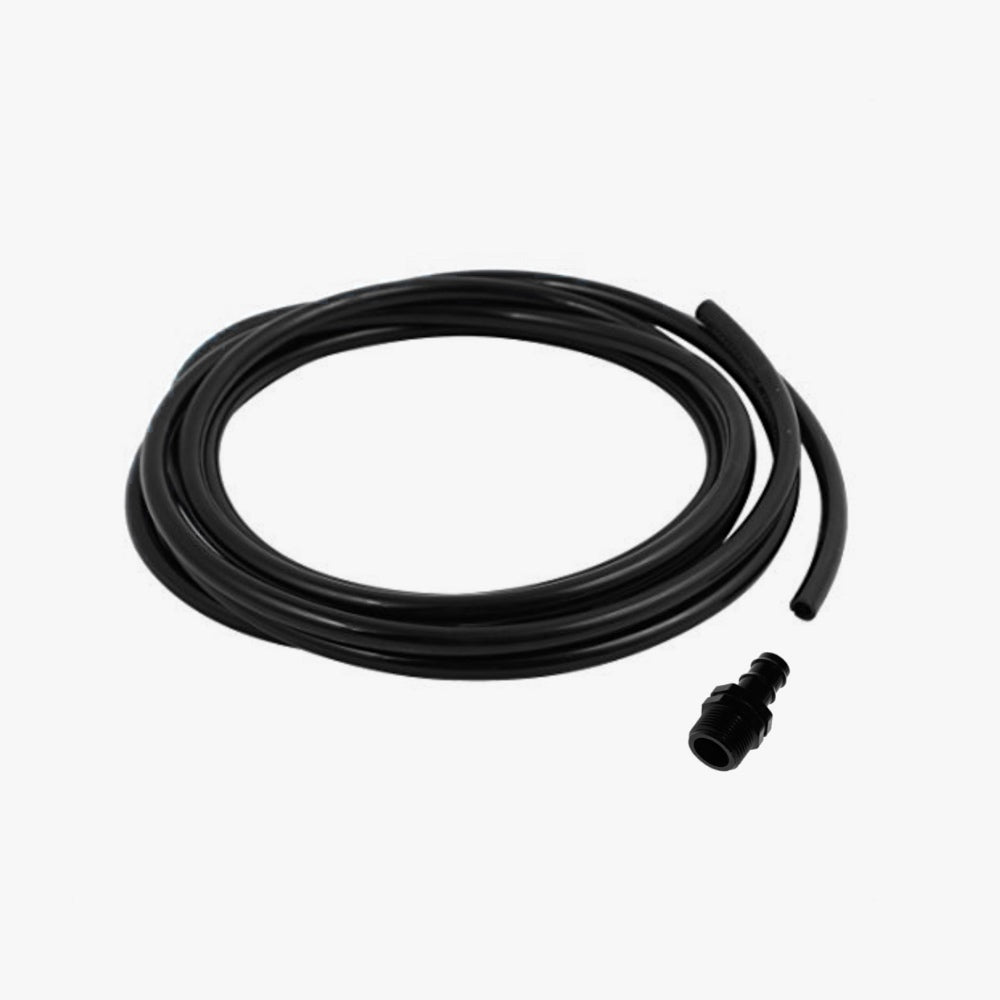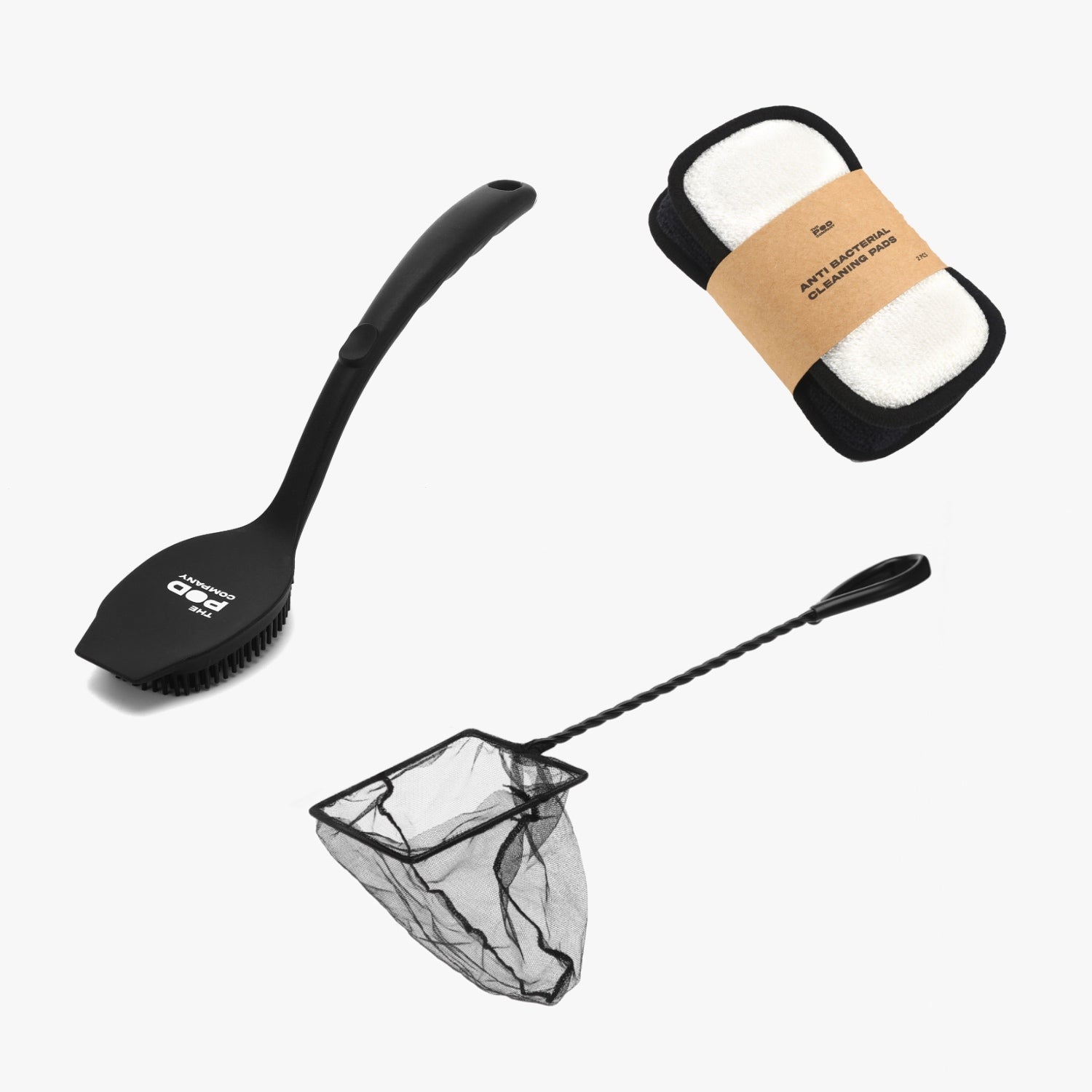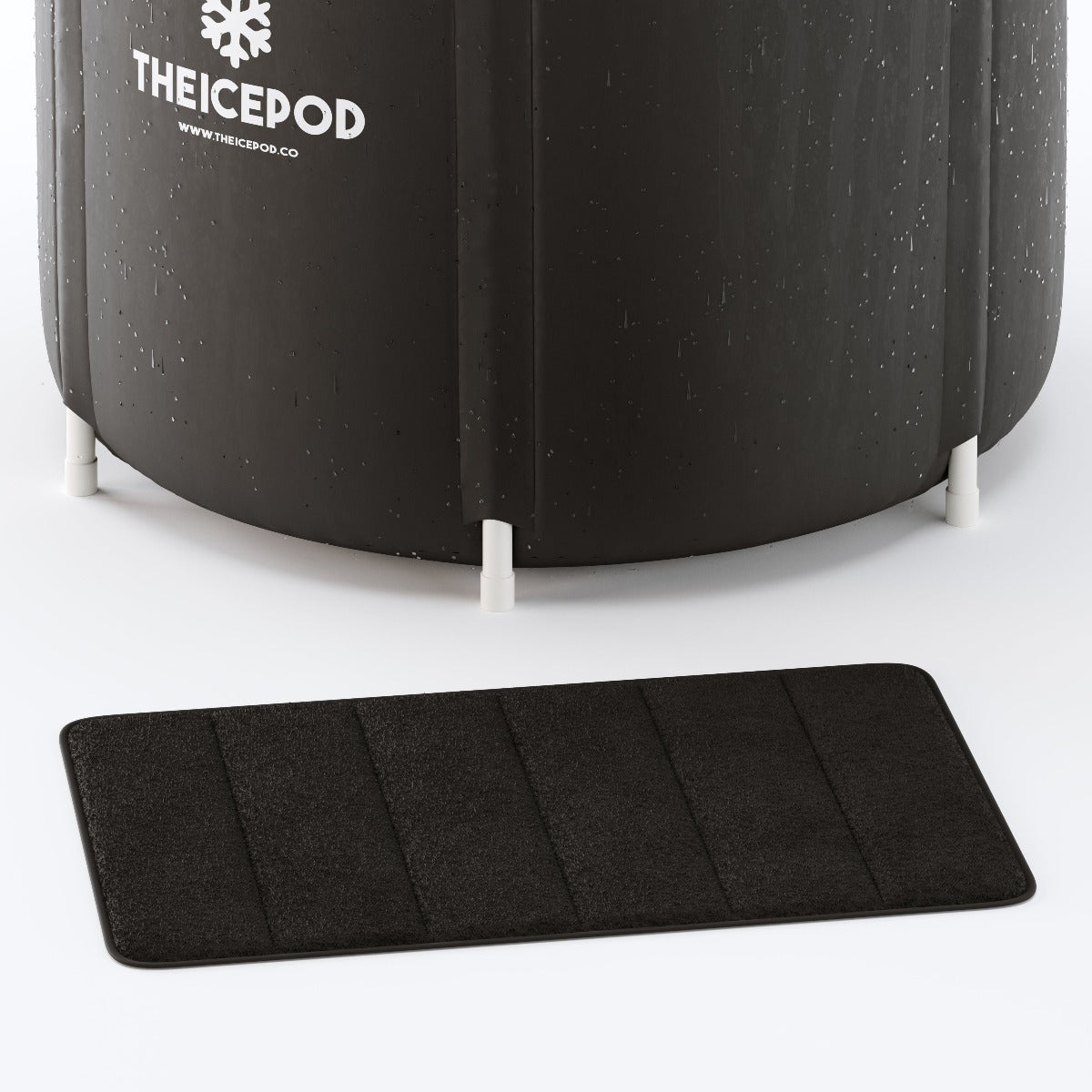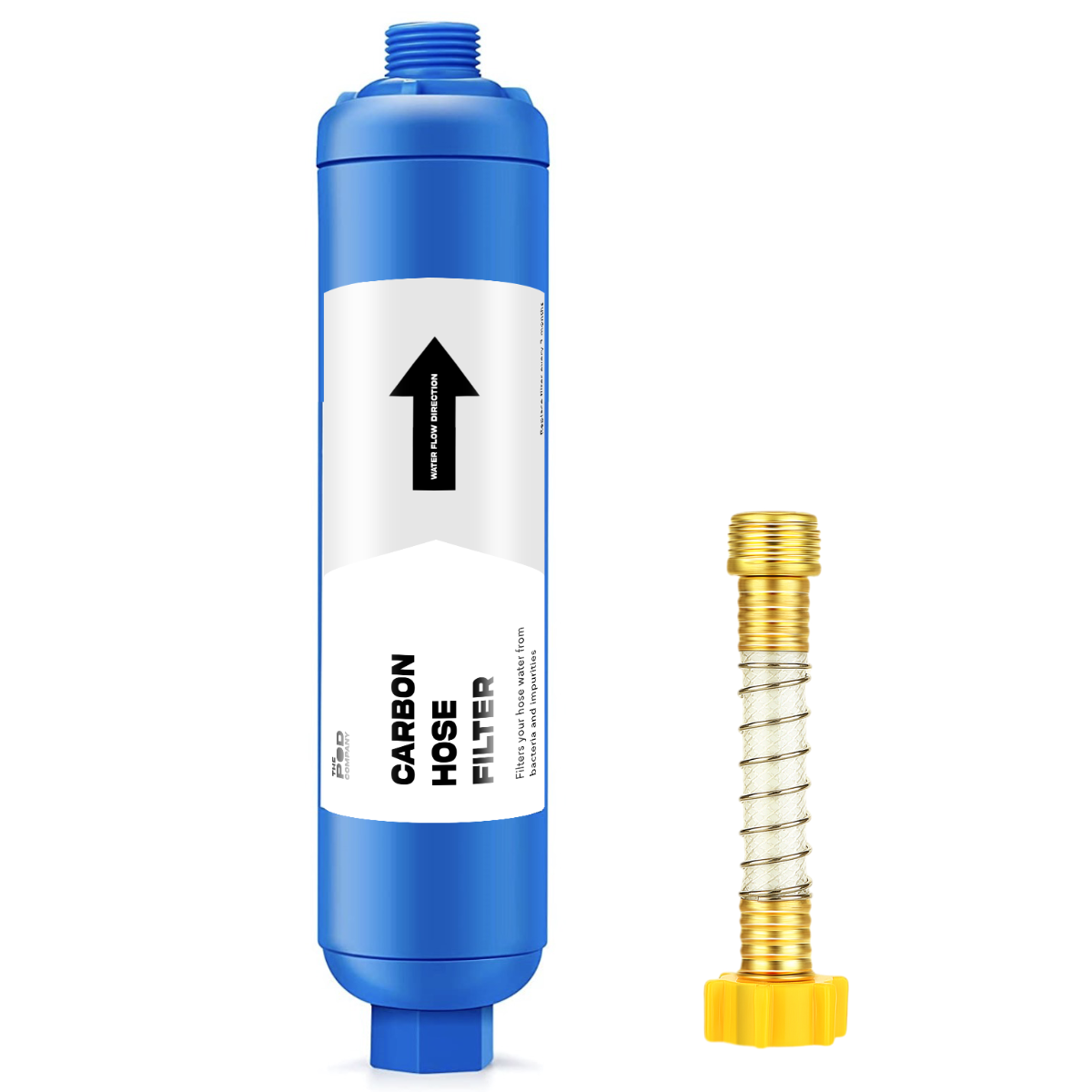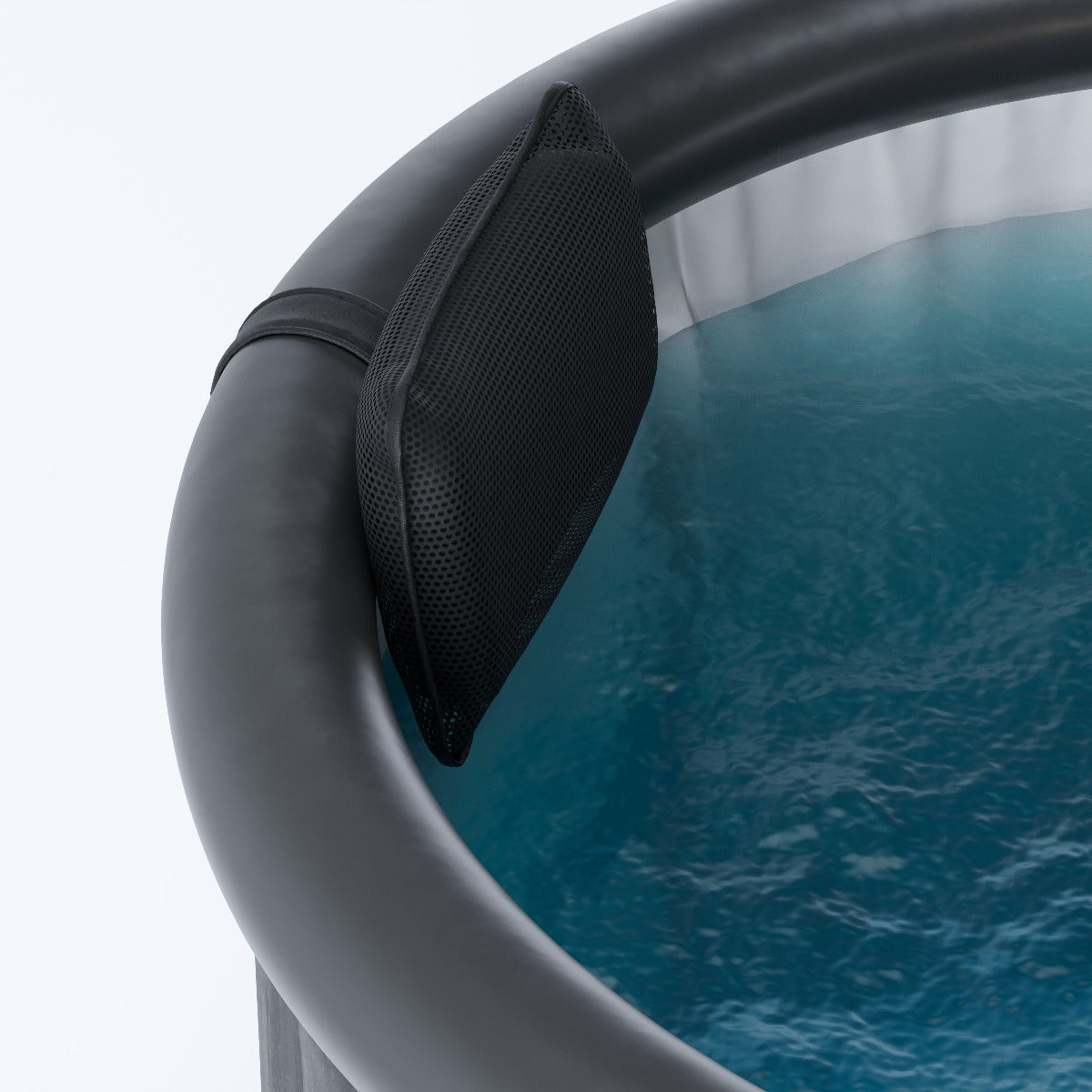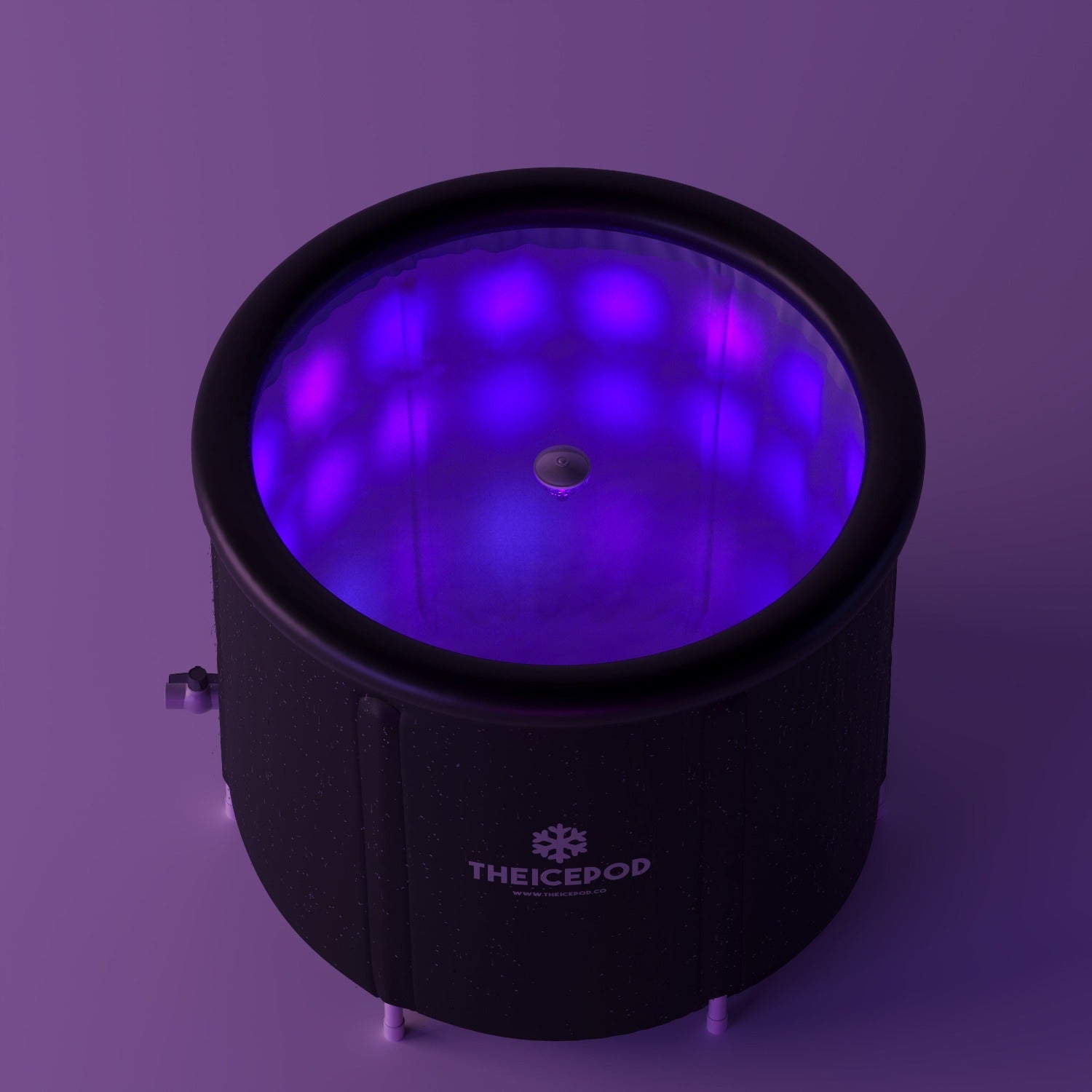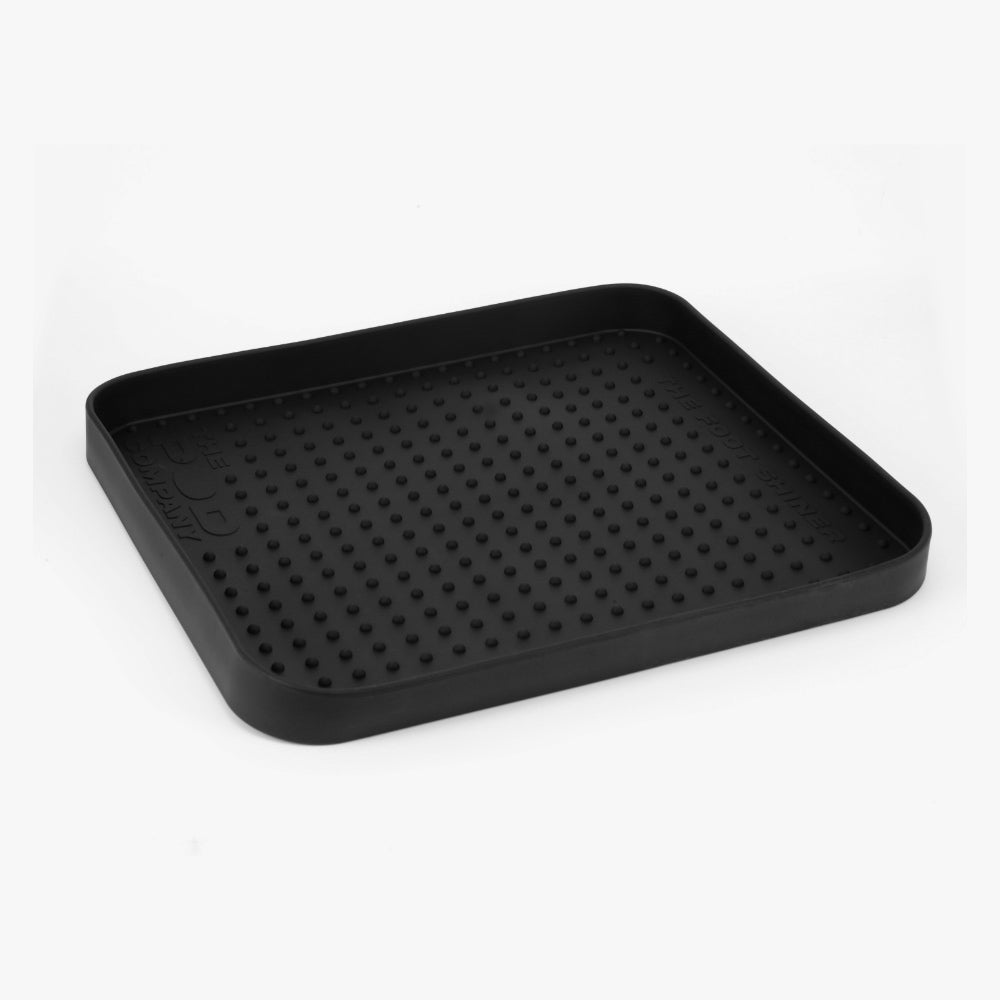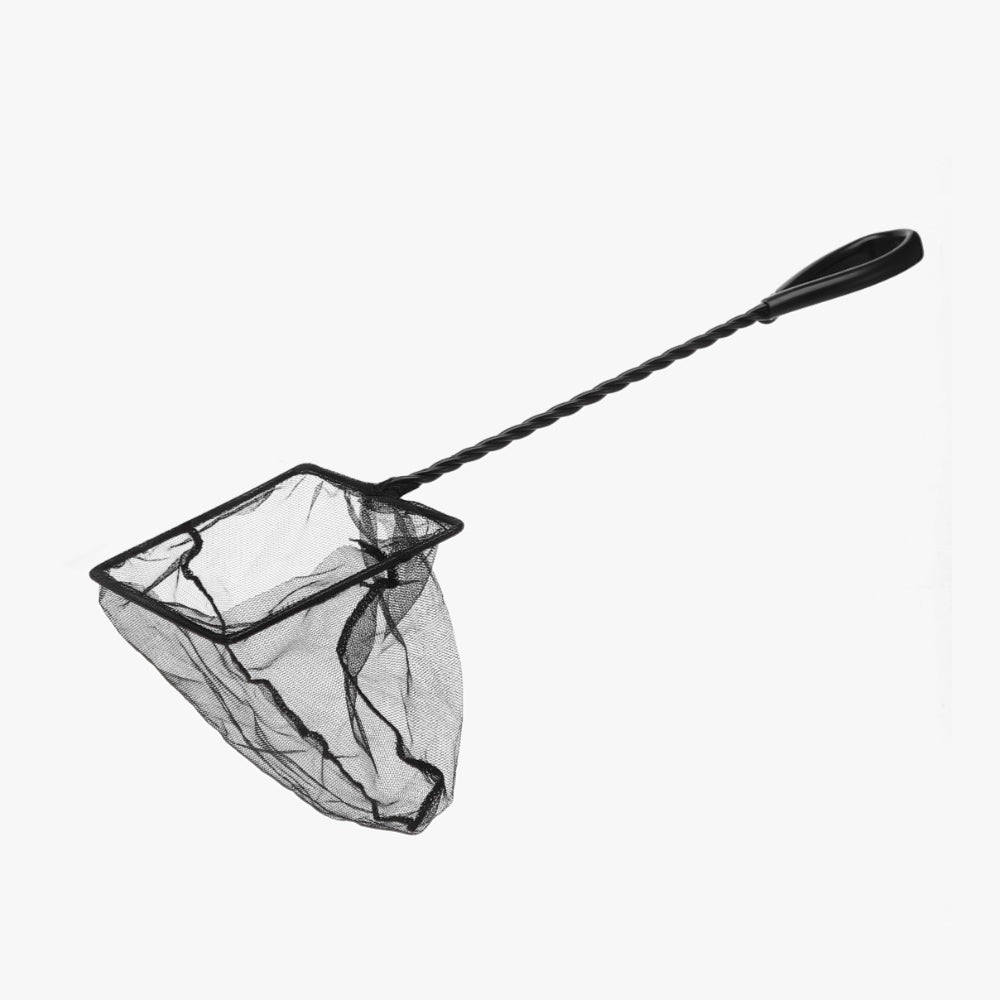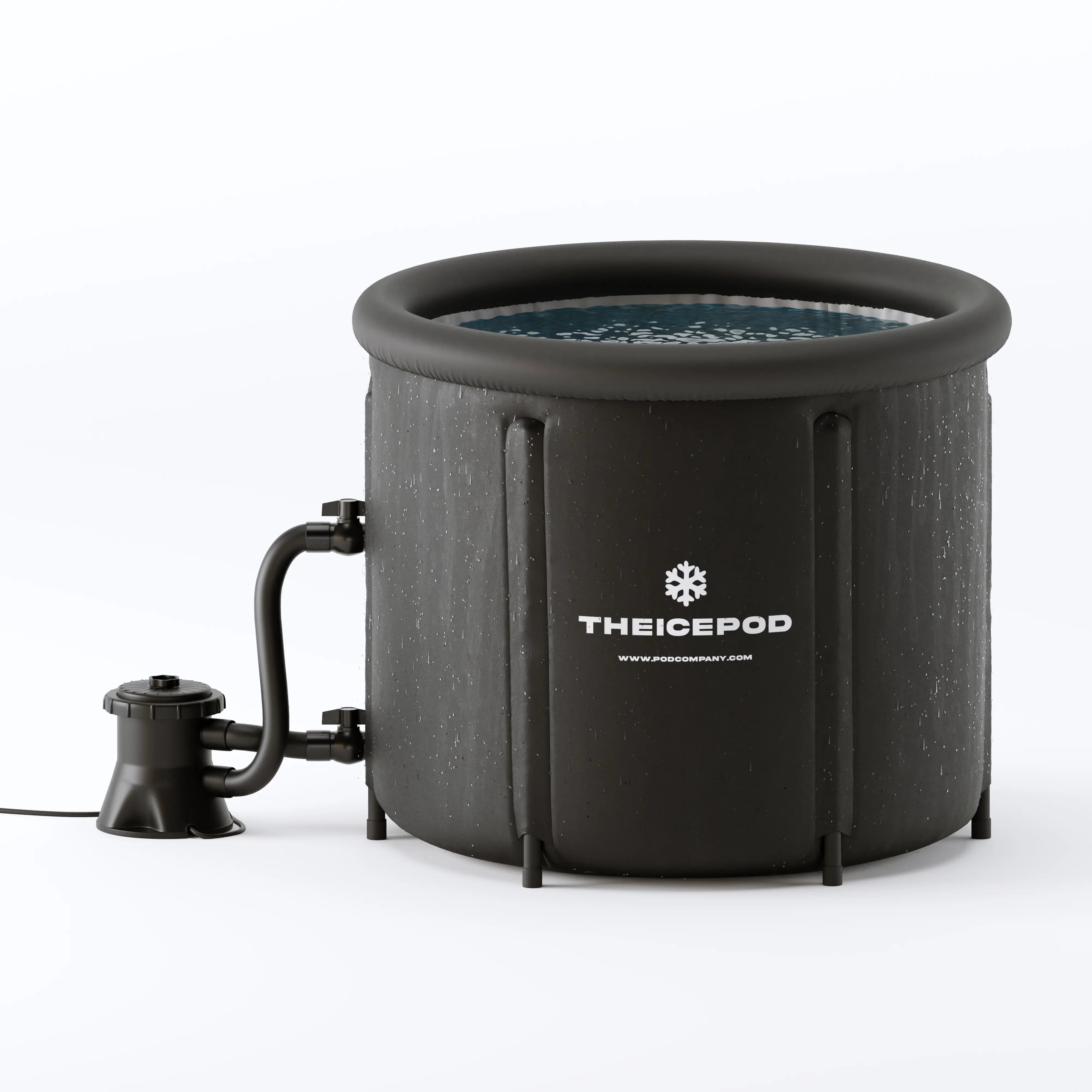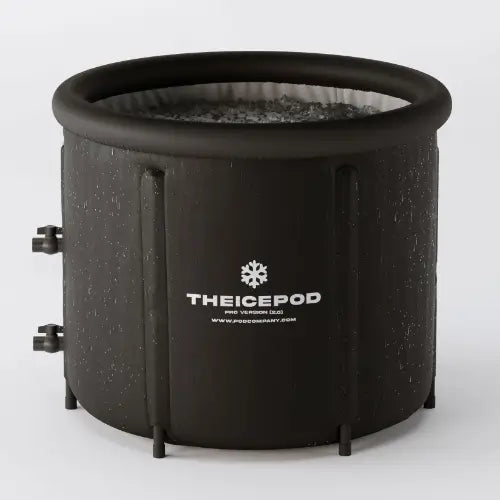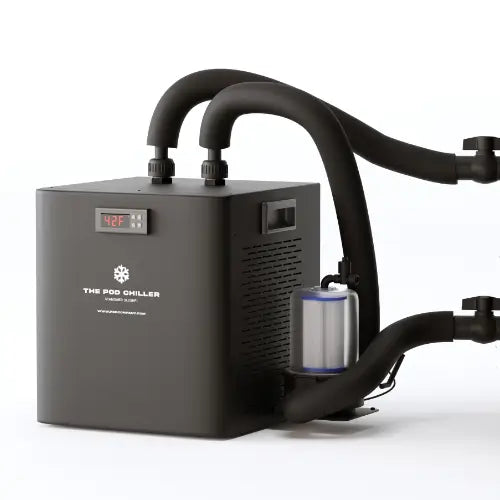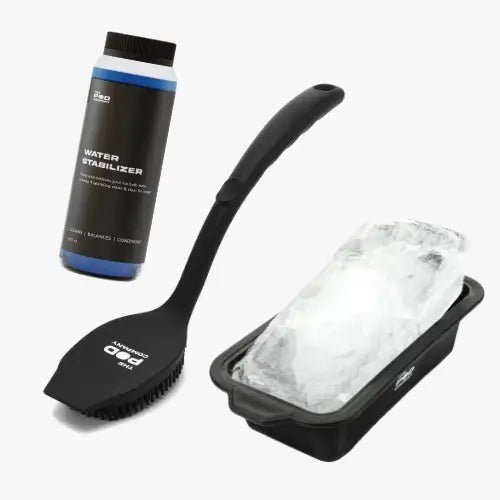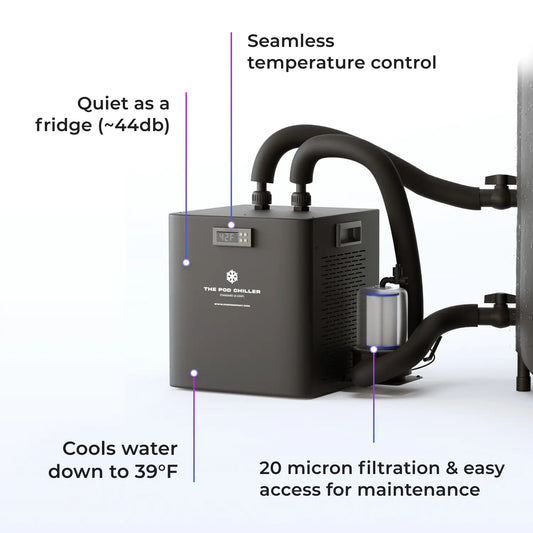Muscle soreness is a familiar sensation for anyone engaging in physical exercise, particularly after trying new workouts or increasing intensity. But does muscle soreness directly correlate with muscle growth? This article delves into the relationship between muscle soreness and muscle growth, providing insights to help you understand and optimize your fitness routine.
Understanding Muscle Soreness
Muscle soreness, often referred to as delayed onset muscle soreness (DOMS), is the discomfort and stiffness felt in muscles after intense or unfamiliar physical activity. It typically begins 12 to 24 hours after exercise, peaks around 24 to 72 hours, and can last up to five days.
What Causes Muscle Soreness?
Muscle soreness is primarily caused by microscopic damage to muscle fibers during strenuous activities. This damage triggers an inflammatory response, leading to pain and stiffness as the muscles repair and strengthen.
Factors Contributing to Muscle Soreness:
- Eccentric Movements: Exercises that lengthen the muscle under tension, such as downhill running or lowering weights.
- Intensity and Duration: High-intensity or prolonged exercise sessions.
- Lack of Conditioning: Engaging in new or irregular activities without prior conditioning.
Does Muscle Soreness Mean Muscle Growth?
While muscle soreness can be an indicator of muscle adaptation, it is not a direct measure of muscle growth. Here’s why:
- Muscle Damage and Repair: Soreness results from micro-damages in muscle fibers, which are repaired and strengthened during recovery. This process is essential for muscle growth, but the degree of soreness does not directly correlate with the extent of growth.
- Adaptation to Exercise: As your body adapts to a regular exercise routine, the intensity of soreness may decrease, even though muscle growth continues.
- Individual Variation: Some people may experience significant muscle growth with minimal soreness, while others may feel sore without substantial muscle hypertrophy.
Factors Influencing Muscle Growth
Muscle growth, or hypertrophy, depends on several factors beyond just muscle soreness:
- Progressive Overload: Gradually increasing the weight, intensity, or volume of exercises to continually challenge the muscles.
- Nutrition: Consuming adequate protein and calories to support muscle repair and growth.
- Rest and Recovery: Allowing muscles sufficient time to recover and grow stronger between workouts.
- Consistency: Maintaining a regular workout routine to stimulate ongoing muscle adaptation.
Managing Muscle Soreness While Promoting Growth
To maximize muscle growth while managing soreness, consider these strategies:
- Active Recovery: Engage in low-intensity activities like walking or gentle stretching to promote blood flow and reduce soreness.
- Proper Nutrition: Ensure a balanced diet rich in proteins, healthy fats, and carbohydrates to support muscle repair and growth.
- Hydration: Stay well-hydrated to facilitate muscle function and recovery.
- Cold Therapy: Utilizing products like The Pod Company’s Ice Pods can help reduce inflammation and accelerate muscle recovery.
- Rest and Sleep: Prioritize quality sleep and adequate rest between workout sessions.
When to Be Cautious
While muscle soreness is generally normal, excessive or persistent soreness can be a sign of overtraining or injury. Be cautious if you experience:
- Severe Pain: Intense pain that does not improve with rest may indicate an injury.
- Swelling and Redness: Significant swelling, redness, or warmth around the muscle.
- Persistent Weakness: Continuous muscle weakness or loss of function should be evaluated by a healthcare professional.
Conclusion
Muscle soreness can be an indicator of muscle adaptation and repair, but it is not a definitive measure of muscle growth. Understanding the relationship between soreness and growth, and focusing on factors like progressive overload, proper nutrition, and adequate recovery, can help you achieve your fitness goals more effectively.
Incorporating tools like The Pod Company’s Ice Pods into your recovery routine can provide additional relief and support, helping you maintain consistency in your workouts and promote muscle growth. By balancing effort with recovery and listening to your body, you can optimize your fitness journey and achieve lasting results.


